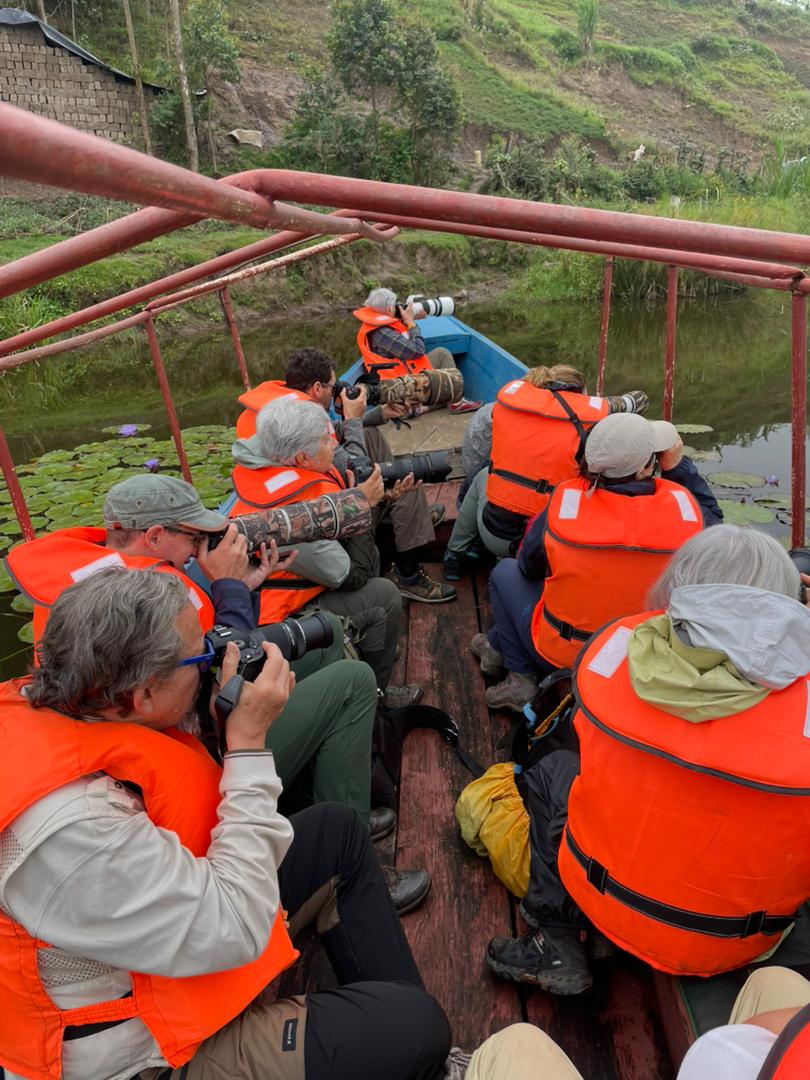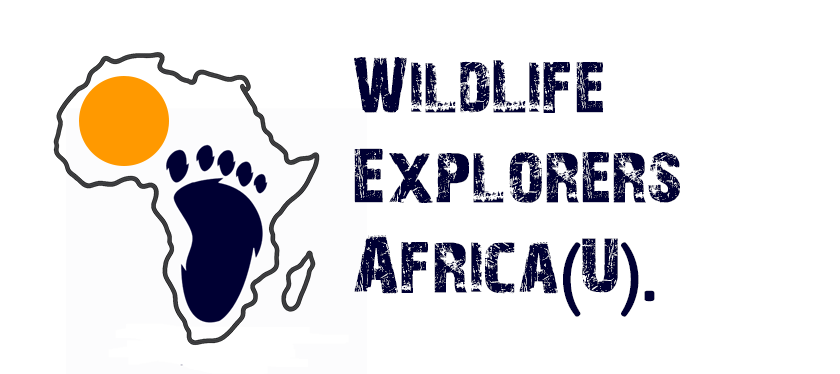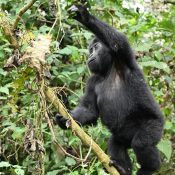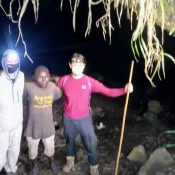
Nairobi National Park-World’s only Wildlife capital
Nairobi National Park truly is a marvel: a place where giraffes graze against the backdrop of city skyscrapers and lions roam just minutes from bustling traffic. It’s not just a park; it’s a living paradox that blends nature and capital in a way no other capital city does kws.go.ke/nairobi-national-park
Wildlife Wonders-Home to over 100 mammal species, including lions, leopards, rhinos, buffaloes, cheetahs, and zebras
Nairobi National Park is home to around 76 black rhinos and 13 white rhinos, making it one of the largest concentrations of rhinos in Kenya. It’s not just a place to spot these majestic creatures—it’s a critical breeding and protection zone, especially for the endangered eastern black rhino
The seasonal migration of wildebeest and zebras is one of nature’s most breathtaking spectacles, and while Nairobi itself isn’t the epicenter, it’s a gateway to the drama unfolding in nearby ecosystems like the Masai Mara. Each year, over 1.5 million wildebeest and hundreds of thousands of zebras’ thunders across the plains in search of greener pastures, drawing predators and photographers alike into the fray.
March to may is the best time for birding watching. In this period the rains transform Kenya’s parks into lush havens, attracting both birds and fewer tourists—perfect for peaceful birdwatching. The undisturbed atmosphere and blooming vegetation make it easier to spot elusive species and enjoy vibrant plumage displays
Iconic spots like the Ivory Burning Site Monument, a symbol of Kenya’s commitment to wildlife conservation. The Ivory Burning Site Monument in Nairobi National Park is a powerful symbol of Kenya’s commitment to wildlife conservation. It marks the historic spot where, in 1989, President Daniel Arap Moi burned 12 tonnes of ivory, sending a bold message against poaching. This act was echoed in 2016 by President Uhuru Kenyatta, who incinerated over 100 tonnes of ivory and rhino horn, reinforcing Kenya’s zero-tolerance stance on the illegal wildlife trade
The monument itself is both solemn and scenic—set against the vast eastern plains of the park, it includes a commemorative plaque and ashes from the ivory burns. Visitors can enjoy picnic benches, restrooms, and panoramic views, making it a place for reflection and education.
Just 8–10 km from Nairobi’s Central business district, accessible via Lang’ata Road Activities include game drives, bird watching, picnicking, and photography with the city skyline as your backdrop
It’s a place where you can sip tea while watching a giraffe stroll past, or catch a glimpse of a lion lounging in the sun—all without leaving the city. If you’re ever in Nairobi, it’s a must-visit.
Recent Posts
Bwindi Heritage Site Nature Walks-Where Wilderness Meets native Culture
Cave Exploration in Uganda & Rwanda-A Journey Beneath the Surface
From Seed to Sip-The Good Aroma Coffee Experience
Tags
Quick booking process
+256 782 467457




